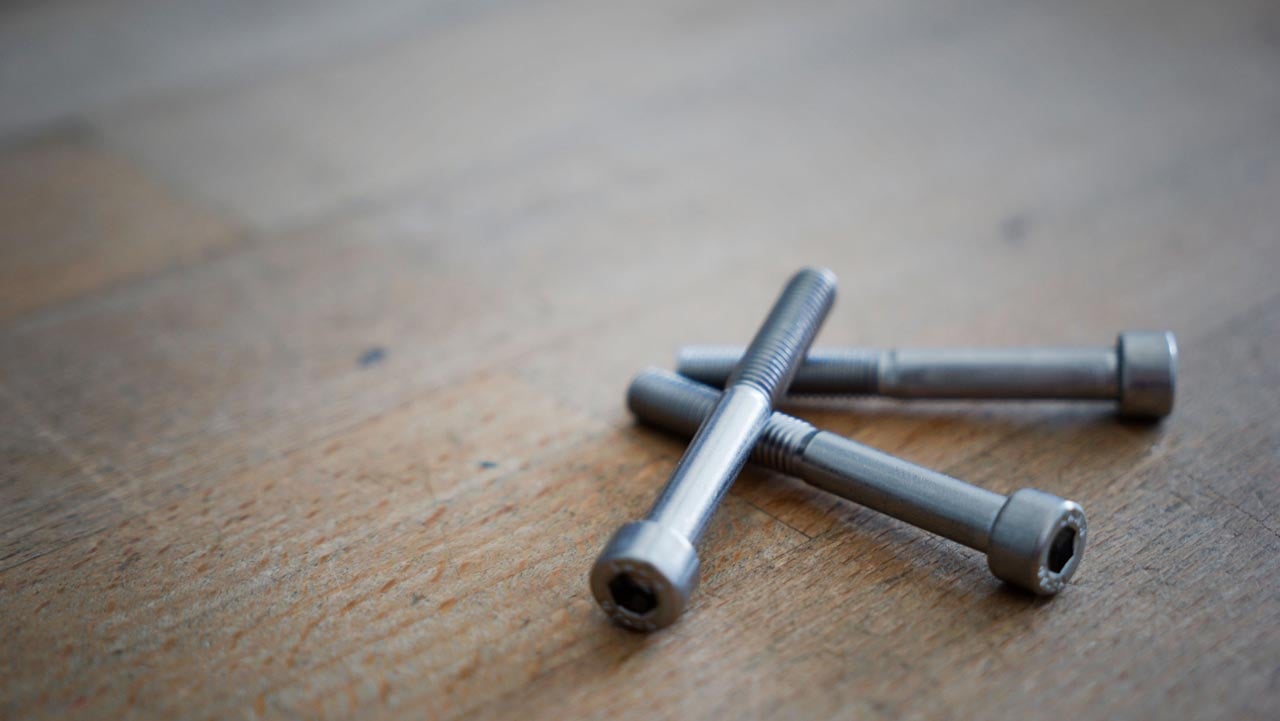How UCI Technology and SONODUR 3 Boost Precision and Efficiency
In high-performance industries, every component—no matter how small—plays a vital role in a machine’s overall reliability. Bearings, though often underestimated, are among the most critical. Their failure can result in costly downtime, unexpected repairs, or even safety hazards. One major factor influencing bearing performance? Material hardness.
Accurate hardness measurement during production and maintenance is essential for preventing premature failures and ensuring product consistency. However, traditional hardness testing methods are often destructive, time-consuming, and dependent on operator skill – making them inadequate for the demands of modern manufacturing.
In this post, we’ll explore how Ultrasonic Contact Impedance (UCI) technology – specifically FOERSTER’s portable SONODUR 3 – is revolutionizing hardness testing for bearings with non-destructive, efficient, and accurate results.
Why Hardness Testing Matters for Bearings
Bearings play a fundamental role in machinery by reducing friction and supporting mechanical loads. Their ability to withstand wear, stress, and fatigue directly depends on the hardness of the material used.
Inconsistent hardness can lead to:
- Reduced load-bearing capacity
- Increased wear and fatigue
- Unexpected mechanical failures
While traditional testing methods can offer reliable readings, they often damage the tested component, require significant time, and demand highly trained operators – factors that slow down production and increase costs.
A better solution is needed – non-destructive, portable, and fast – especially when inspecting bearings in large volumes or in the field.
How UCI Technology Works
Ultrasonic Contact Impedance (UCI) testing is a modern alternative that eliminates many of the drawbacks of traditional methods. Here’s a simplified look at how it works:
- A UCI probe, equipped with a Vickers diamond indenter, is placed on the surface of the bearing.
- The probe vibrates ultrasonically as it lightly presses into the material.
- The impedance of the ultrasonic vibration changes based on how hard the material is.
- This impedance is measured and converted into a hardness value, such as HV, HRC, or HB.
Because it creates only a minimal indentation, UCI testing is non-destructive – perfect for quality control and inspection of finished parts like bearings.
Introducing SONODUR 3: A Smart Solution for Mobile Hardness Testing
To bring UCI technology into real-world production environments, FOERSTER developed the SONODUR 3 – a portable, operator-friendly device built for fast and accurate hardness testing.
Key Benefits of SONODUR 3:
1. Non-Destructive Testing
With only a slight indentation left on the surface, parts remain fully usable after inspection – reducing material waste and increasing inspection throughput.
2. Fast and Accurate Results
Results are available in seconds, and a color-coded display shows whether a component meets specifications – enabling immediate decisions during sorting or inspection.
3. Operator-Friendly and Portable
The intuitive interface and ergonomic design require minimal training, while its lightweight form allows testing anywhere on the shop floor or in the field.
4. Versatile Applications
From cylindrical bearings to small precision parts, SONODUR 3 adapts to various geometries and materials, making it suitable across industries like automotive, aerospace, and energy.
Practical Applications: Where Mobile Hardness Testing Delivers Results
High-Volume Bearing Sorting
In mass production, sorting bearings based on hardness is essential to maintain consistency. UCI-based testers like SONODUR 3 can quickly sort components into pass/fail groups – streamlining quality assurance and reducing scrap.
Maintenance and Wear Assessment
For used bearings, mobile hardness testers allow teams to assess wear and fatigue. Testing different points around a bearing’s surface can uncover localized softening – preventing failure before it occurs.
Expert Tips for Optimal Testing Results
Surface Preparation
Make sure the surface is clean – remove oil, rust, or residue. A clean surface ensures better contact and more reliable readings.
Use a Stand for Small Parts
Using a stand or support helps maintain a consistent probe angle and pressure, especially on small or curved parts like bearings.
Multi-Point Testing
Check multiple points along the bearing's surface or circumference to detect hardness variations. This gives a complete hardness profile of the component.
Leverage Data Logging
Take advantage of SONODUR 3’s internal memory to log and store results. This supports quality audits and traceability in production environments.
Conclusion: Precision and Efficiency in One Portable Package
In today’s fast-paced manufacturing world, traditional hardness testing methods simply can’t keep up. With UCI technology and the SONODUR 3 from FOERSTER, manufacturers and maintenance teams now have access to a fast, accurate, and non-destructive solution for inspecting bearings.
Whether you’re sorting parts in production or diagnosing wear in the field, SONODUR 3 offers:
- Instant, reliable results
- Minimal operator training
- Portability and flexibility
- Long-term cost savings
By embracing mobile hardness testing, you can boost quality assurance, reduce waste, and keep your machinery running at peak performance.
Explore how FOERSTER’s innovative testing solutions like SONODUR 3 can elevate your bearing inspection strategy today.
Share this
You May Also Like
These Related Stories

Simplify Your NDT Workflow: Multi-Test Inspections in a Single Platform

Fast UCI hardness measurement on screws and bolts: practical applications

